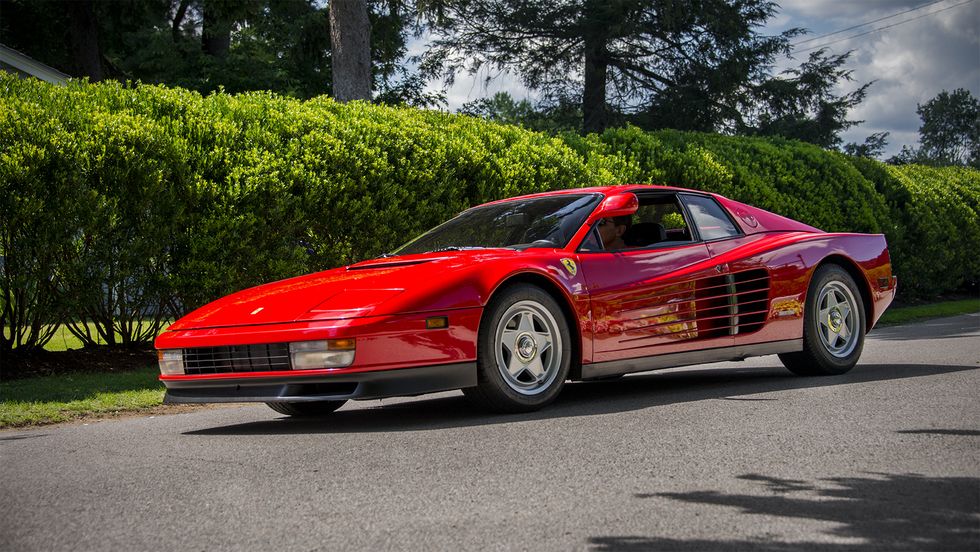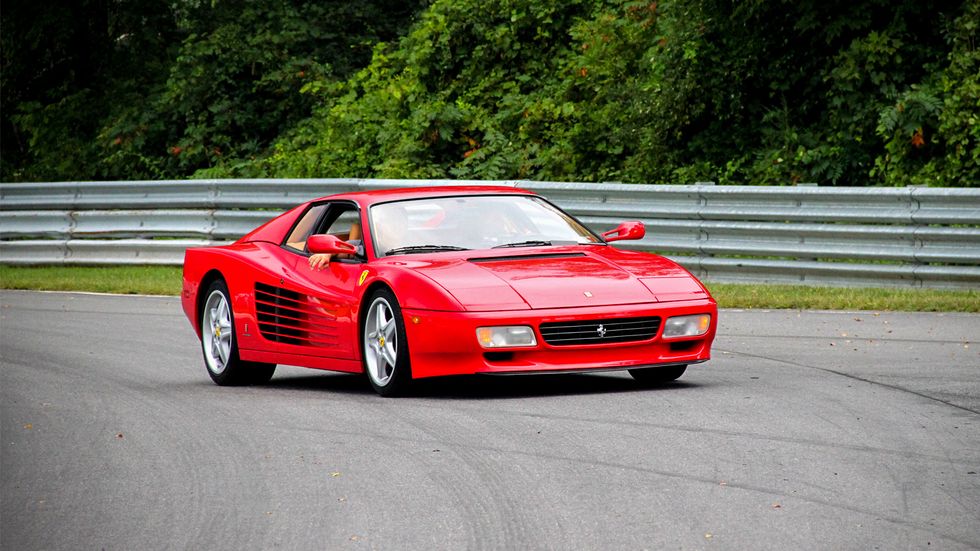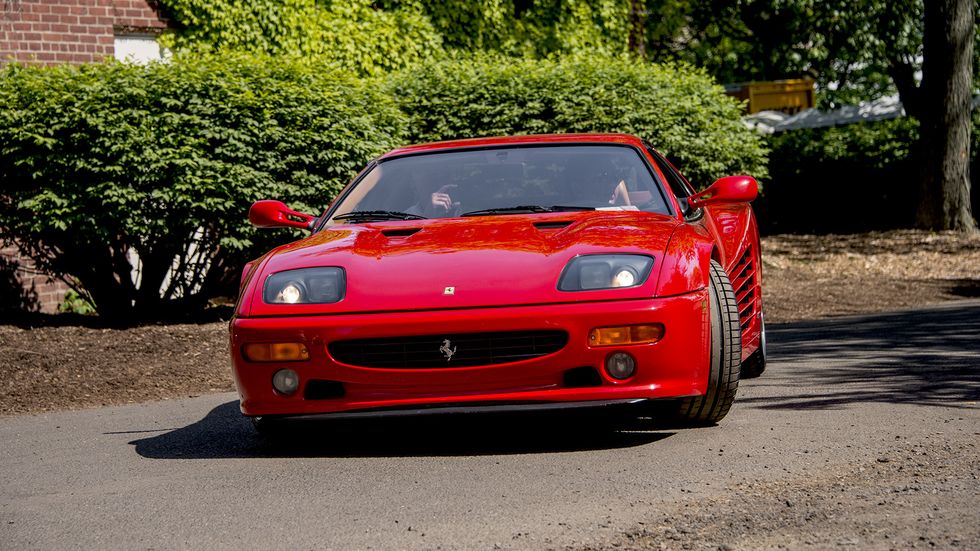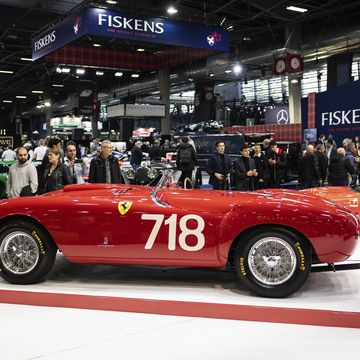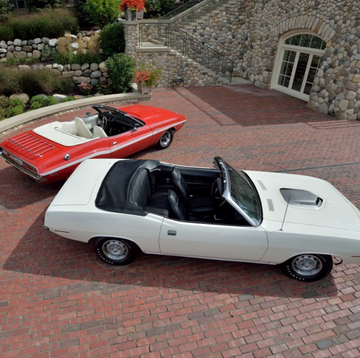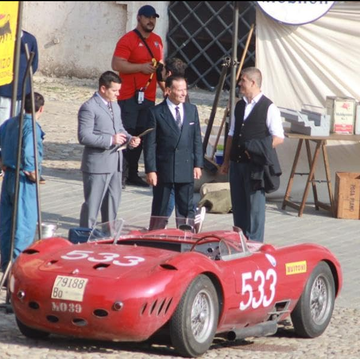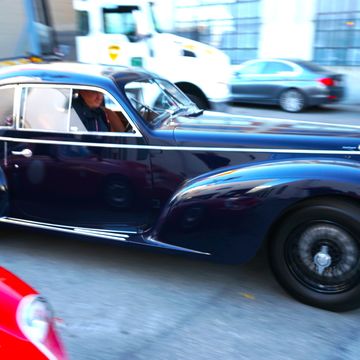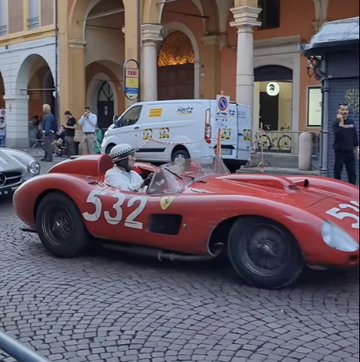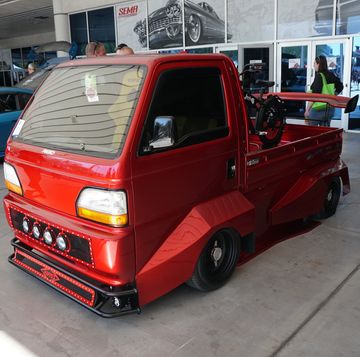Once upon a time a driver-grade Testarossa was one of the best ways to join the Ferrari club while spending less than the price of a new Corvette. That time was about a decade ago, when very average Testarossa values had been languishing in the $45,000 to $75,000 range for a while, helped in no small part by collector indifference, a "Miami Vice" image, the 2008 financial crisis and simply being viewed as a used car. The potential for big bills kept the average Joes with the money to afford the price of entry away, while the serious collectors were interested in more serious Ferraris.
Those days are over, helped in no small part by some kids of the 1980s finally having the money to buy the car that was on the poster in their room. If you haven't noticed, the supercars of the 1980s have been having a moment, and those delivery-mileage examples that had been stashed away in climate-controlled (or climate-uncontrolled) garages are racing each other on car carriers to auctions. Even Crockett and Tubbs' own Testarossa zoomed off to the auction block, with a Phil Collins cassette waiting to be put in the in-dash stereo.
What's changed in the past decade when it comes to the Testarossa?
We can point to a few obvious factors.
A decade ago the Testarossa, which in its final F512 M form left the assembly line merely in 1996, was still just a used car. That's right: The last iteration of the Testarossa overlapped with the dial-up internet age, even though they were still thought of as cars of the 1980s. Those who wanted to look like Ferrari owners but were on a budget bought 1990s cars like the 360 and the 550. The Testarossa to them, a decade ago, looked excessively dated, helped in no small part by that very "Miami Vice" vibe. If they spent just a little more, they'd be in a 550 Maranello or some other Ferrari that was merely a decade old, instead of being two decades old or more.
Another factor was that the Ferrari collector community had an oversupply of Testarossas in all conditions and mileages, which didn't favor the very best cars -- their price ceiling was pretty modest -- and nobody was out to overspend on a really nice Testarossa. It was a buyer's market, and the buyers weren't really doing any buying to begin with. The buyers were also of a different age group. The older millennials and younger Generation Xers were not yet a Ferrari-buying demographic -- and if they were, odds were they were leasing a new Ferrari to park in front of a fancy restaurant on a Friday night. The 4.9-liter flat-12 (technically a 180-degree V) of the Testarossa was powerful but no longer modern, and the transmission took some skill to maneuver at low speeds, especially if you wanted to get into a downtown parking garage. The younger buyers were looking for a Ferrari with a USB port.
In short, the older Ferrari collectors had no love for the Testarossa, while those who liked them didn't have the money to buy a nice example that didn't have scary mechanical needs.
The financial crisis of 2008 also served as a before-and-after point for the collector car market, when it concerns cars of the 1980s.
In the years right before the financial meltdown, years that had been very favorable to the collector car market, the interest of serious collectors was largely confined to the obvious mega-hits of the 1980s like the Ferrari F40, the Porsche 959 and one or two other distant third and fourth choices. A short-lived lull followed in the market when Ferrari values were trapped or declined a bit. But when things started to rebound in 2013, a new generation of collectors was already looking at the cars of the 1980s with cash in hand.
That's when we began to see a stampede of delivery-mileage 1980s supercars head to auction, as Testarossa values surged. A lot of those cars were bought new between 1988 and 1991, when Ferrari dealers had an oversupply of used Testarossas that never found buyers because of the financial crash of 1987. So buyers in 1988 and 1989 were often able to pick up two cars almost for the price of one, as Ferrari dealers traded unsold examples among each other. In 1989, new Ferrari buyers already wanted the new 348, so if they were in the market for a new Ferrari the Testarossa was already a little stale to their eyes.
At the moment, concours quality cars (that are not delivery-mileage) go for $110,000 to $125,000. A red 1991 example with a claimed 8,000 miles on the clock -- very realistic, all things considered -- went for $120,000 on Bringatrailer last year. Condition 2 cars, with some miles and some cosmetic issues, are still trading between $90,000 and $110,000. A 1989 example on Bringatrailer with 34,000 miles and a reupholstered dash brought $82,399 just days ago.
The cars that were driven hard and missed a few service appointments -- those are still around $70,000 today, up from $40,000 a decade or so ago. Then there are a few really sketchy cars in the $50,000 range, but you don't want those. Regardless, not long ago this is where clean examples with few cosmetic needs used to trade.
Delivery-mileage examples are in their own category, and they trade around $250,000 and a little north of that.
The time to get in on Testarossas has arguably passed. There are still enough out there for a wide range of mileage, color, modification and condition choice, but the price of entry is not where it used to be. In the past decade, the Testarossa has gone from being a used Ferrari that required some skill to handle properly and a mechanical gamble, to a collector item that now sees the 1980s very far away in the rearview mirror. The model, after all, is now 35 years old, and has already seen the bottom end of its depreciation curve. The only way to go is up.

Jay Ramey grew up around very strange European cars, and instead of seeking out something reliable and comfortable for his own personal use he has been drawn to the more adventurous side of the dependability spectrum. Despite being followed around by French cars for the past decade, he has somehow been able to avoid Citroën ownership, judging them too commonplace, and is currently looking at cars from the former Czechoslovakia. Jay has been with Autoweek since 2013.
